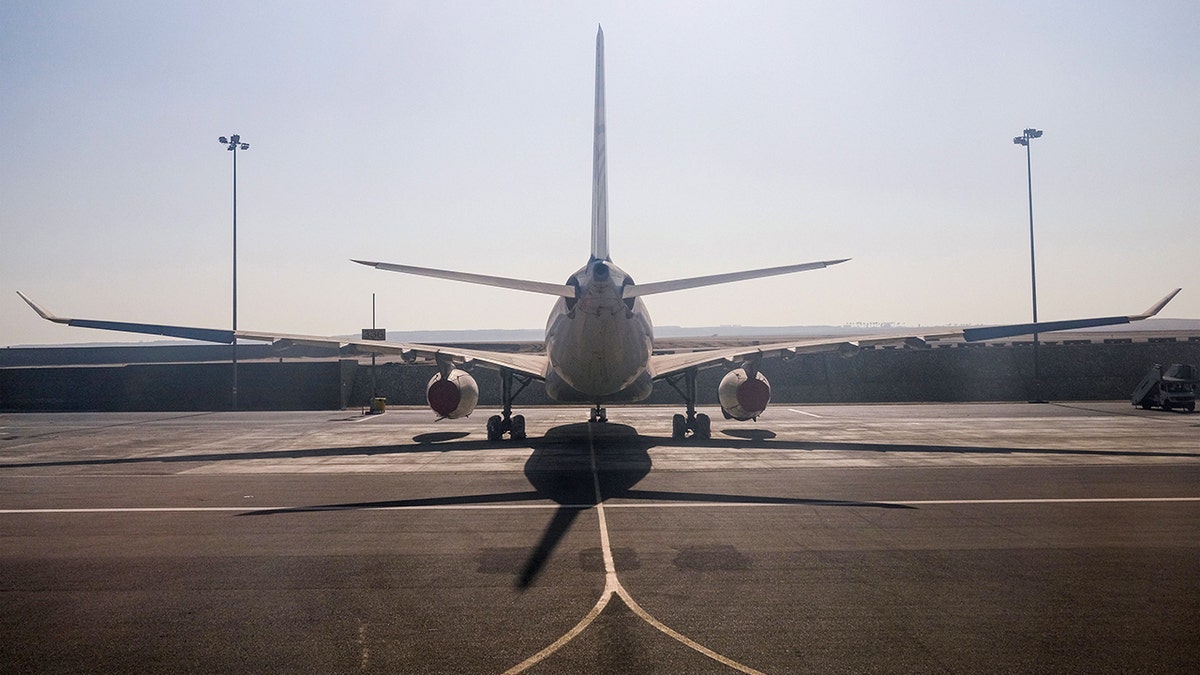Revealed: Hydrogen-powered Chevrolet Silverado military truck
A look at the stealthy hydrogen-powered Chevrolet Silverado military truck that is breaking cover.
General Motors is expanding way beyond cars these days.

The auxiliary power turbines are typically located in the tail of the aircraft. (AMIR MAKAR/AFP via Getty Images)
The automaker already has a marine division that builds motors for boats and recently entered an agreement to provide electric powertrains to Wabtec to build … trains.
But now it's set its sights a little higher and is teaming up with Liebherr to power planes with hydrogen.
Not their jets, but their internal power systems, which currently rely on jet fuel-powered turbines, which the partnership hopes can be replaced with GM's Hydrotec hydrogen-fuel cell generator.
Originally developed for use in automobiles, the fuel cell combines hydrogen stored in tanks with atmospheric oxygen to generate electricity through a chemical reaction that forms water, which could be used onboard.
"A fuel cell is clean and the water product can be used to humidify the airplane or we can capture it and use it to flush toilets and sinks," GM Executive Director of Global Hydrotec Charlie Freese told the Detroit Free Press.
"The average aircraft takes off with two tons of water just to flush the toilet. We can now make water in flight."

GM is developing its Hydrotec system for a variety of applications. (GM)
The partnership is collaborating on the development of a demonstrator unit, but has not projecting when the system could see commercial use.
CLICK HERE TO GET THE FOX NEWS APP
When it does, it might not be the highest-flying technology GM is involved in. The automaker is working on a new lunar rover for NASA's Artemis mission to the Moon.
Talk about a flying car.
